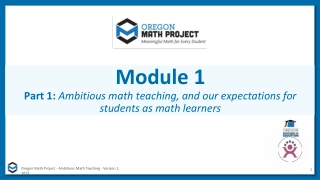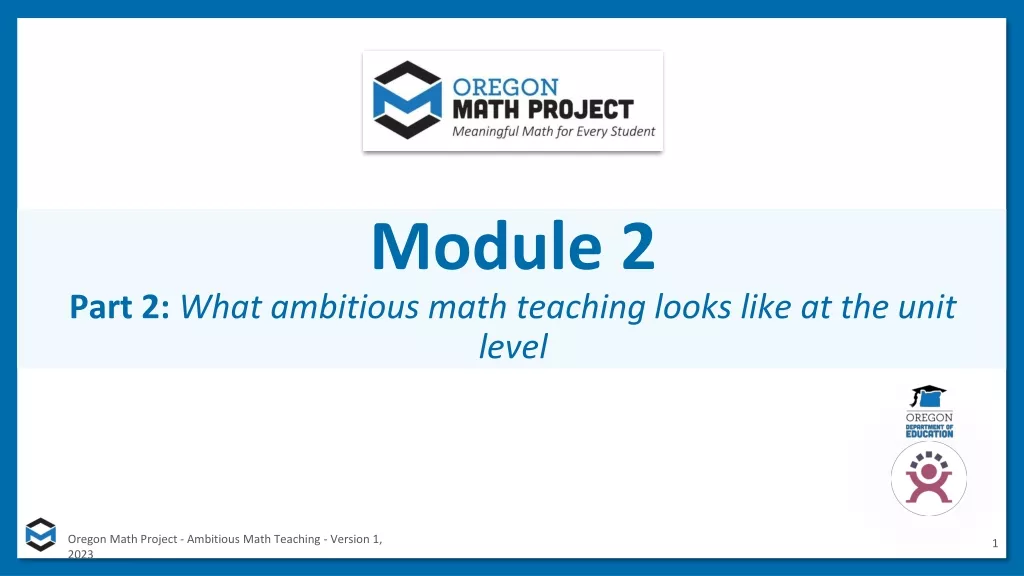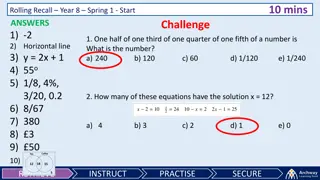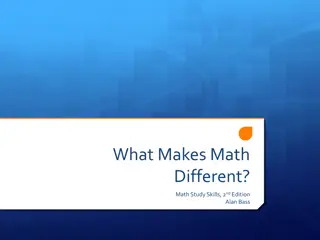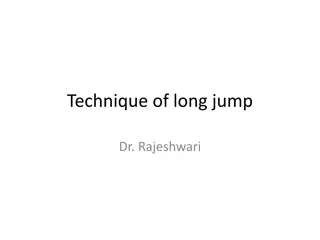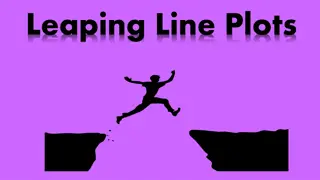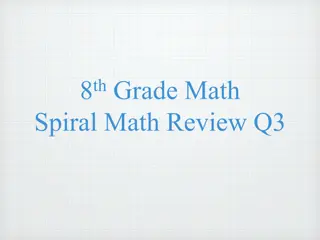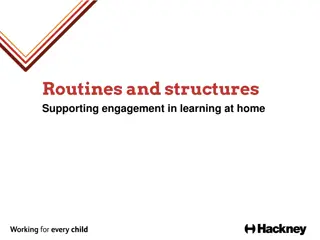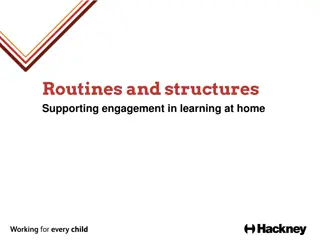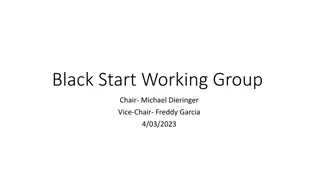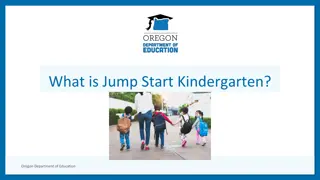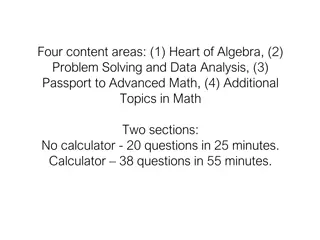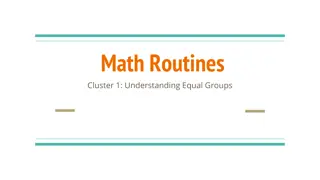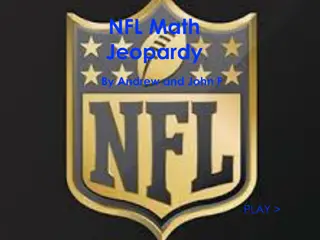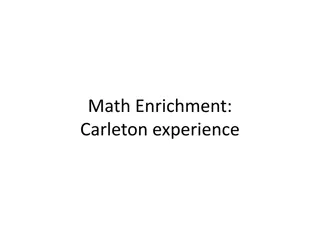Jump Start Math Routines
This routine helps students with Mathematical Practices 2 and 7, focusing on efficient strategies, estimating, reasoning, and defending approaches in math computations. It involves whole-class discussions, identifying benchmarks, mental mathematics, sharing ideas, exploring reasoning, and confirming estimates. The routine is designed to enhance students' abstract and quantitative reasoning skills and their ability to utilize mathematical structures effectively.
Download Presentation

Please find below an Image/Link to download the presentation.
The content on the website is provided AS IS for your information and personal use only. It may not be sold, licensed, or shared on other websites without obtaining consent from the author.If you encounter any issues during the download, it is possible that the publisher has removed the file from their server.
You are allowed to download the files provided on this website for personal or commercial use, subject to the condition that they are used lawfully. All files are the property of their respective owners.
The content on the website is provided AS IS for your information and personal use only. It may not be sold, licensed, or shared on other websites without obtaining consent from the author.
E N D
Presentation Transcript
Jump Start Math Routines Eric Milou Andy Witczak Kentwood Public Schools
More or Less www.openmiddle.com
Why it Matters This routine helps students with Mathematical Practice 2 (reason abstractly and quantitatively) and Mathematical Practice 7 (look for and make use of structure). In addition, it asks students to 1. determine efficient strategies for computing; 2. compare estimates with actual results; 3. estimate sums, differences, products, and quotients; 4. ask themselves if an answer is reasonable; 5. consider when and whether a calculation tool is needed; 6. identify whether their computations are accurate; and 7. defend their reasoning and the approaches of others. Milou, Eric. Daily Routines to Jump-Start Math Class, High School (Corwin Mathematics Series) (p. 41). SAGE Publications. Kindle Edition.
What to Do WHAT TO DO 5. Begin the whole-class discussion by identifying who believed which of the choices met the benchmark question. 1. Present a few expressions, equations, or graphs to students. 6. Ask students to share how they made their decisions. As students share their thinking, it is important to probe thinking and ask clarifying questions rather than ask questions to establish how they thought about the expression. Here are some questions you might ask: How did you estimate your solution? Might there have been a more precise estimate? Did you approach the expression in a different way? How are different strategies similar? 2. Have them decide how the results will compare to a given benchmark. As noted, this is a mental mathematics opportunity. Students should not use tools to find exact values. 3. Provide time for students to reason. 4. Have students share their ideas with a partner before having a whole-class discussion. 7. Honor and explore both accurate and flawed reasoning. 8. Consider providing exact values after discussion so that students can compare and confirm their more or less estimates. Milou, Eric. Daily Routines to Jump-Start Math Class, High School (Corwin Mathematics Series) (p. 42). SAGE Publications. Kindle Edition.


